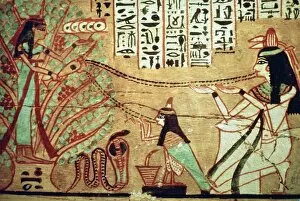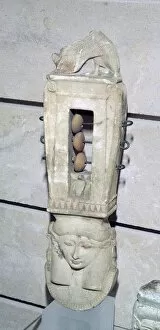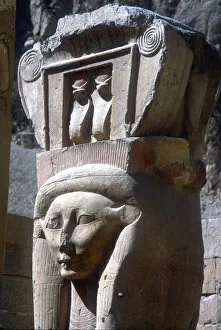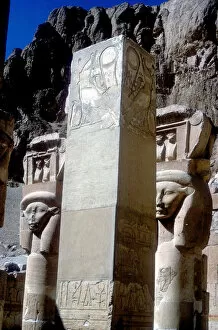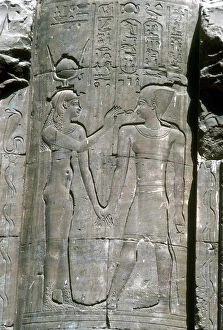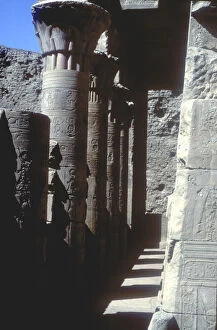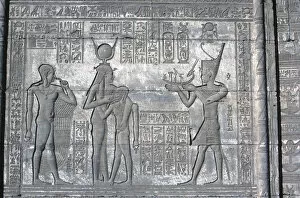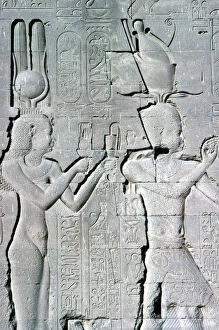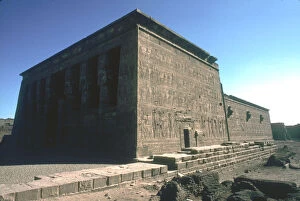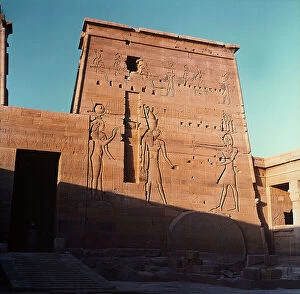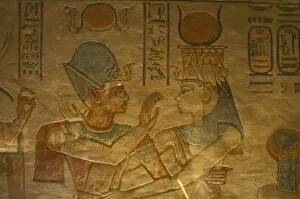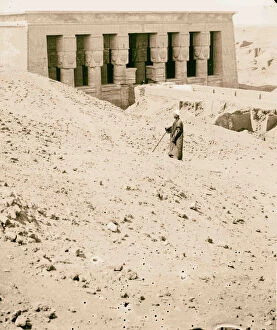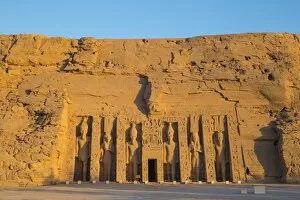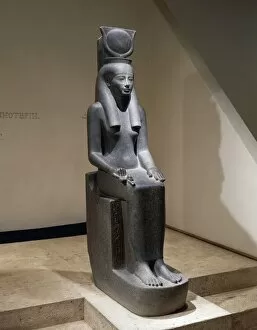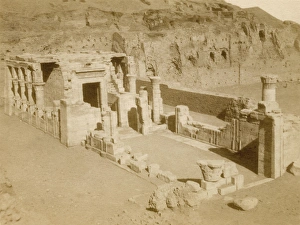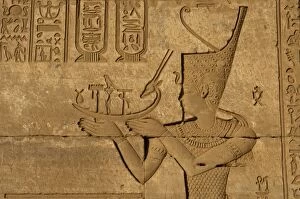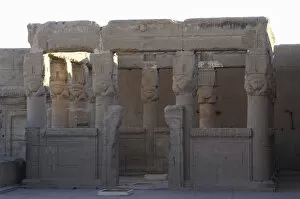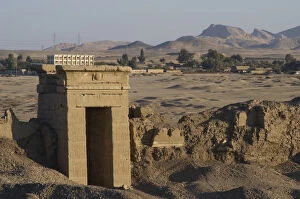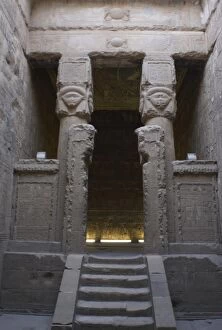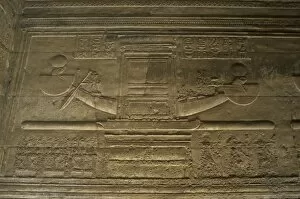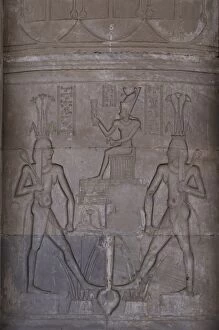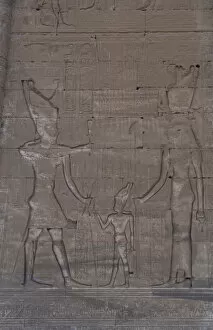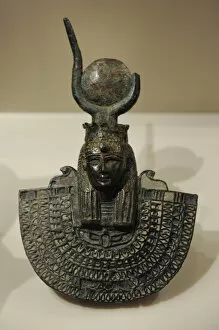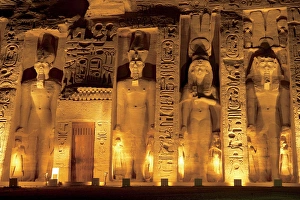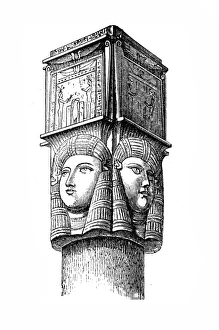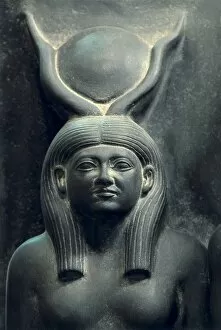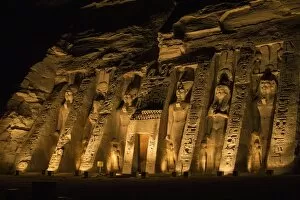Hathor Collection (page 3)
Hathor, the ancient Egyptian goddess, holds a significant place in the rich history and mythology of Egypt
For sale as Licensed Images
Choose your image, Select your licence and Download the media
Hathor, the ancient Egyptian goddess, holds a significant place in the rich history and mythology of Egypt. From the Mortuary Temple of Hatshepsut in Luxor to the Temple in Dendera, her presence is felt throughout North Africa. One cannot ignore her prominence in religious texts such as The Book of the Dead: Heruben Papyrus from 1075 BC. This sacred text reveals insights into the afterlife beliefs and rituals associated with Hathor. The Tomb of Horemheb showcases an exquisite fresco depicting Hathor, emphasizing her role as a protector and guide for souls on their journey to eternity. As one explores Egyptian gods, it becomes evident that Hathor's influence extends beyond mortals' lives. Intricate wall paintings like A garden pool from c1350 BC showcase Hathor's association with beauty and fertility. She represents abundance and joy through this depiction, reminding us of her multifaceted nature. A remarkable relief found at Thebes shows Goddess Hathor offering her necklace to Pharaoh Seth I. This detail highlights not only her divine status but also signifies protection bestowed upon rulers by this benevolent deity. The Menat Talisman symbolizes power and protection attributed to Hathor. It serves as a reminder that she was revered not only by commoners but also by royalty who sought blessings from this mighty goddess. Bas reliefs within the Sanctuary of Horus depict Goddess Hathor alongside God Horus - a testament to their close relationship within Egyptian mythology. Together they represent harmony between feminine nurturing energy (Hathor) and masculine strength (Horus). Ancient artifacts like the painted wooden stela of Neswy further emphasize how deeply ingrained worshiping practices were during ancient times. These objects serve as windows into past civilizations' devotion towards deities like Hathor. Lastly, we cannot overlook Head as cow discovered in Tutankhamun's grave.

